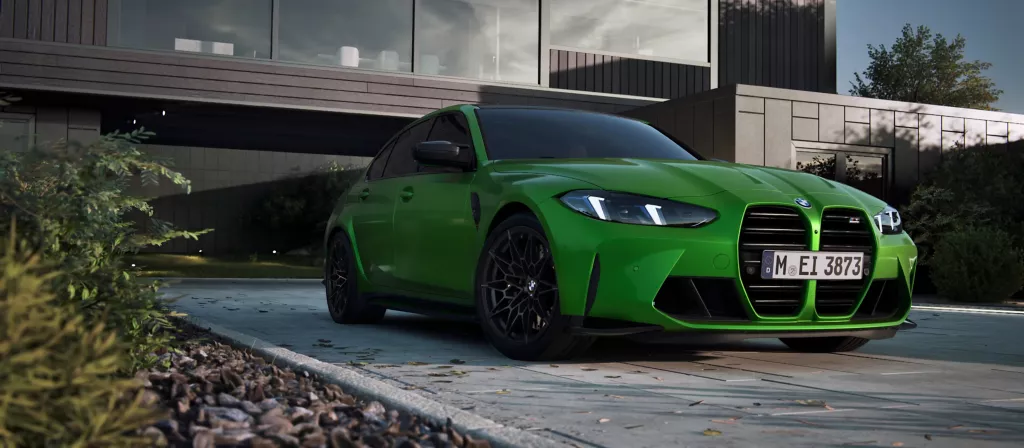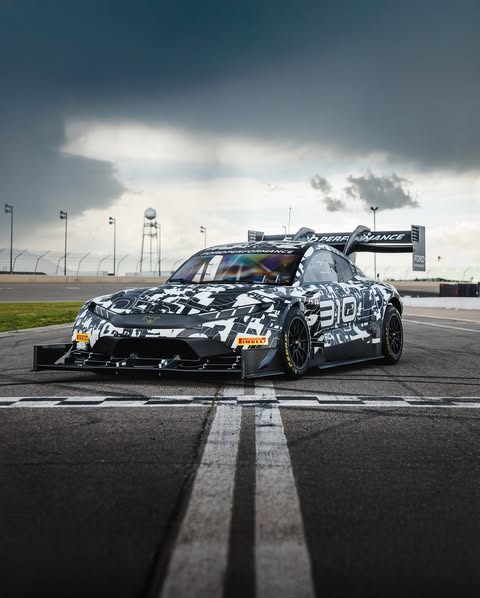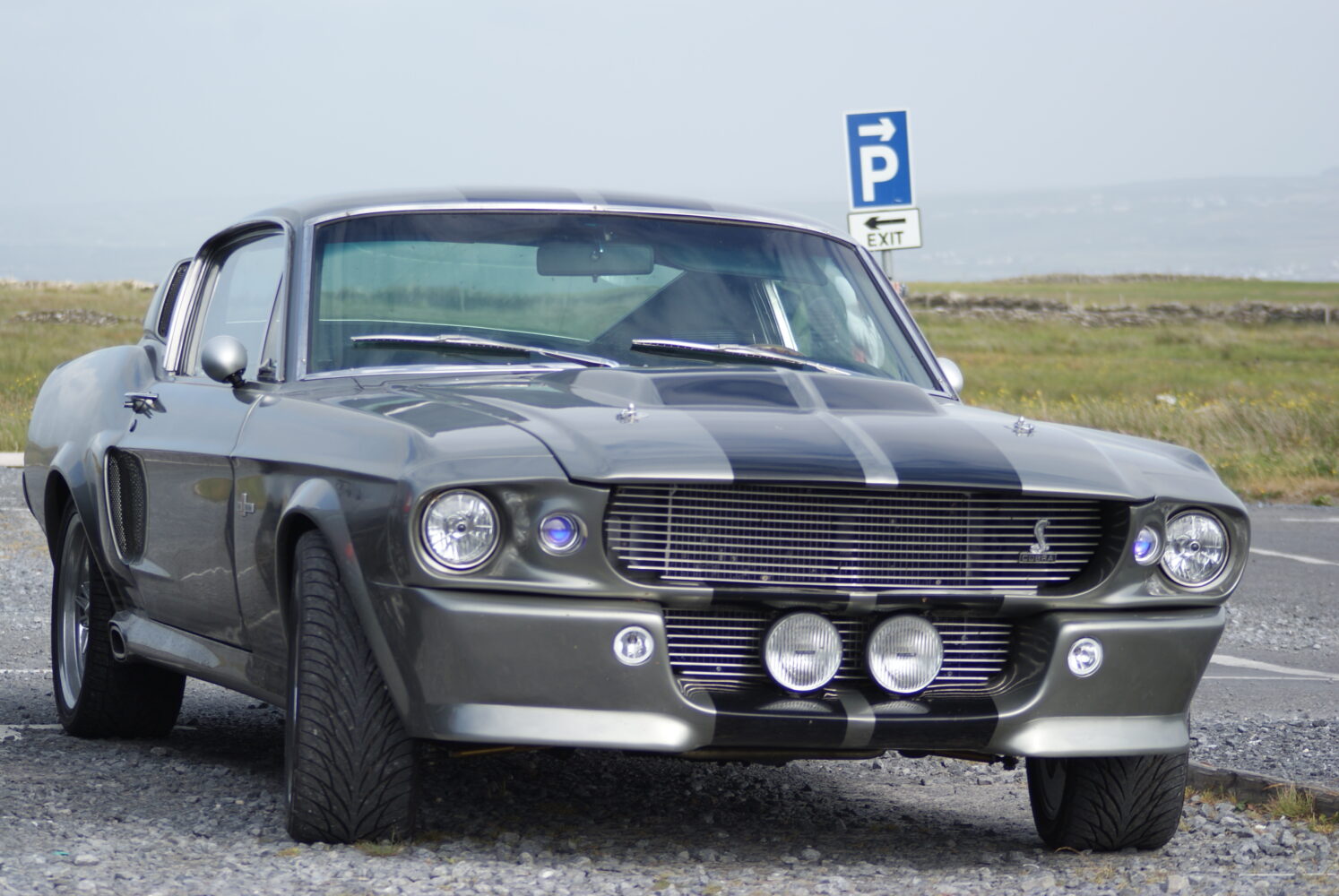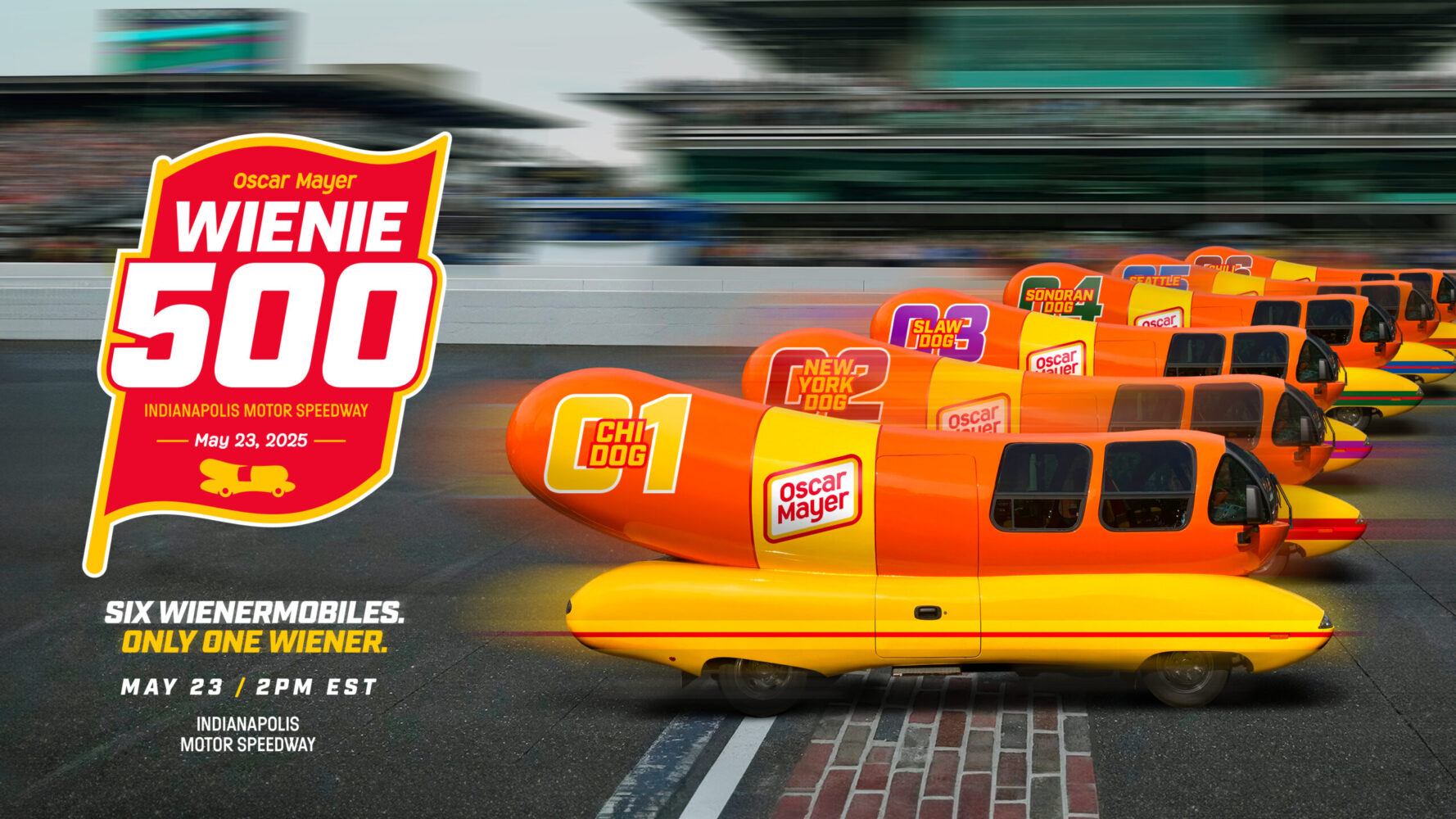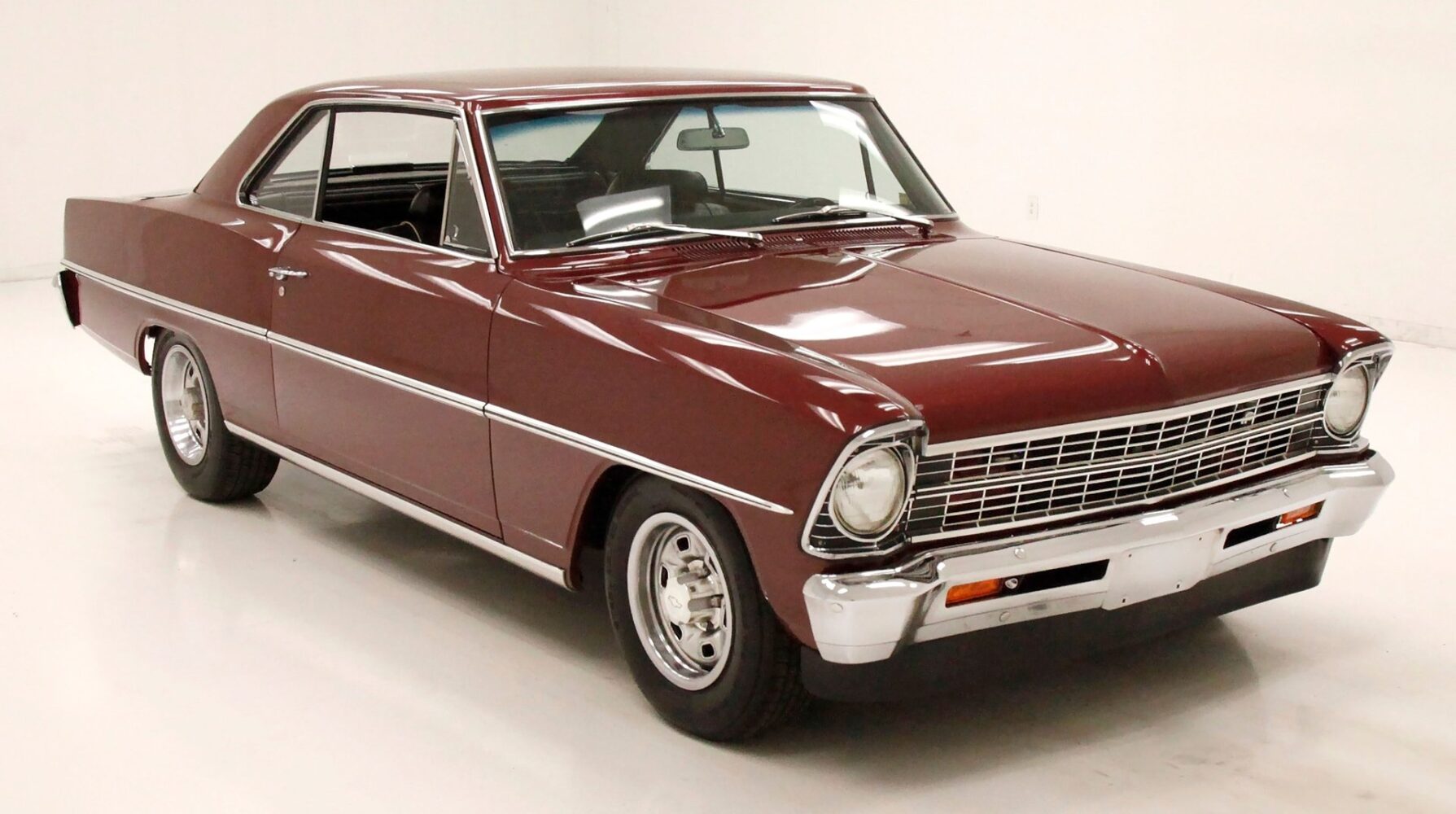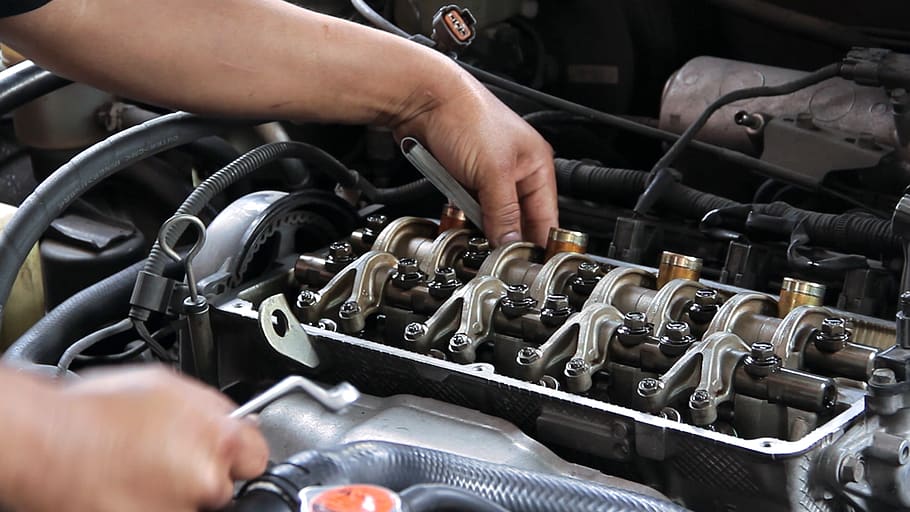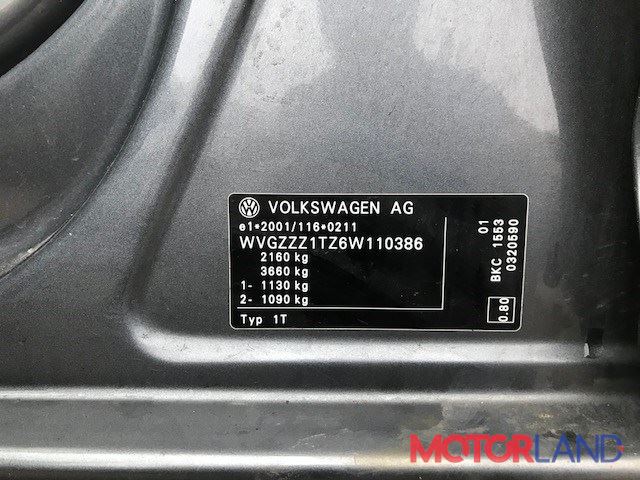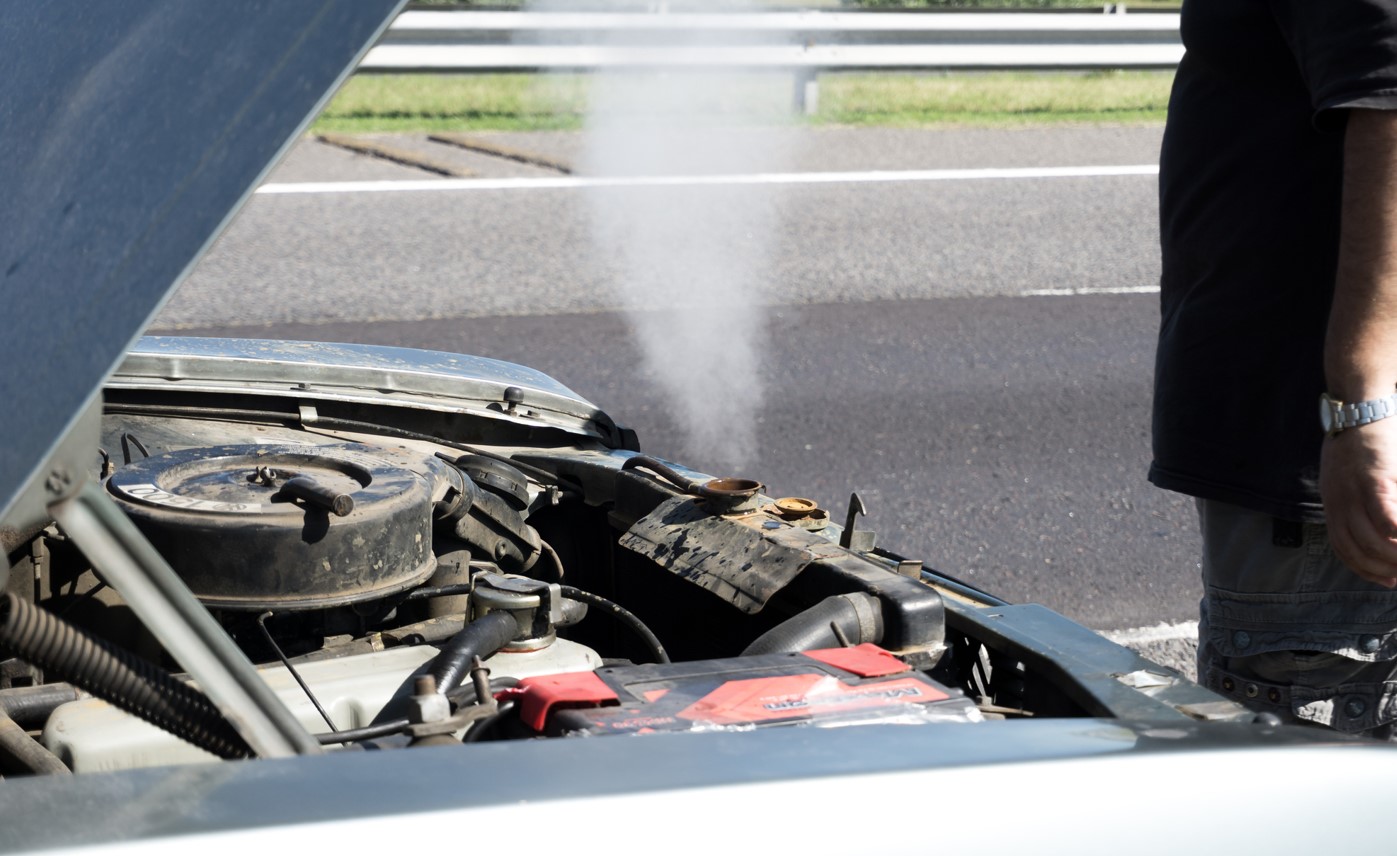Hal Sperlich: The Man Who Created Two Automotive Revolutions
The auto industry rarely produces genuine revolutionaries.
Hal Sperlich was that rare exception.
The Detroit-born engineer who died January 20 at age 95 didn’t just help create cars. He created entire market segments—twice.
First with the Mustang at Ford. Then with the minivan at Chrysler.
The Mustang Maverick
Sperlich joined Ford in 1957 with a mechanical engineering degree from Michigan and three years of Navy service under his belt.
He saw what Detroit’s executives couldn’t: young Americans wanted affordable, stylish cars that weren’t land yachts.
The solution? Take the boring-as-beige Ford Falcon platform and drape it in sexy sheet metal.
Henry Ford II initially balked. When he finally relented, he told Sperlich and Lee Iacocca: “You got your goddamn car. It better work!”
It worked alright. The Mustang sold over 400,000 units in its first year alone.
The pony car was born. American car culture would never be the same.
From Ford Exile to Chrysler Savior
By 1977, Sperlich’s vision for smaller, front-wheel-drive “people movers” fell on deaf ears at Ford.
Their loss. Chrysler’s gain.
At Chrysler, Sperlich developed the K-Car platform that helped rescue the company from bankruptcy’s edge.
But his real masterstroke was yet to come.
The Minivan Revolution
Sperlich’s vision was brilliantly simple: combine car-like handling with van-like space in a package that fit in a standard garage.
The result? The 1984 Dodge Caravan and Plymouth Voyager.
These weren’t just new models. They created an entirely new vehicle category.
Key innovations that made the minivan revolutionary:
- Front-wheel-drive architecture for interior space maximization
- Low, flat floor for easy entry and exit
- Car-like driving dynamics despite the utility-focused design
- Sliding doors that worked in tight parking spots
Chrysler sold more than 200,000 minivans in the first year alone.
Engineering Legacy
Sperlich’s career teaches us something essential about automotive innovation:
Great cars don’t emerge from focus groups or marketing departments.
They come from engineers who understand what drivers actually need—sometimes before drivers know it themselves.
He saw the youth market before the Boomers had their licenses.
He recognized the needs of families before soccer moms became a demographic.
Sperlich retired from Chrysler in 1988 as President, was inducted into the Automotive Hall of Fame in 2009, and left behind a legacy few automotive executives can match.
Two revolutionary vehicles. Two new market segments. Millions of units sold.
Not bad for a guy who started as a product planner with a crazy idea about a small, sporty car for young people.



